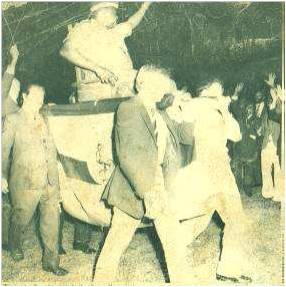
Idi Amin carried by a team of British officers in Kampala 1975 to show the world that Africans who used to suffer during White rule can also be carried by them. What do you learn from this photo?
Firstly, African nationalism in characterized by a strong hatred against colonialism and all its manifestations such as foreign political domination, racial segregation, over-taxation, forced labour and all sorts of exploitation. This hatred started way back during the 19th century when the white man set foot on African soil. A number of Africans resisted European colonialism in Africa. Though African armed resistance was crushed, the nationalistic feelings remained alive up to the 20th century.

Figure 8: Speeches Kwameh Nkrumah awakened nationalistic consciousness especially his slogan "Self government now."
Secondly, African nationalism during the 20th century was under the leadership of educated Africans called elites. Having attended missionary schools and served in the colonial service as clerks, secretaries and interpreters, they understood better the evils of colonialism. Topics like the French revolution had opened their minds about the need for liberty, equality and fraternity. They based on these to criticise the colonial masters. Elites also read the newspapers and listened to radios and interpreted the nationalistic ideas to the rural masses. The speeches and slogans of elites awakened nationalistic consciousness for example Nkrumah's slogan "Self government now."
Thirdly, It was characterised by sabotage from conservative traditional African chiefs and Sultans. These had collaborated with the European colonialists and had benefited a lot from them. For example Kabakas of Buganda, and Sultans of both Libya and Zanzibar. When elites started demanding for independence, the conservative African Chiefs and Sultans saw them as a great danger to their political positions. There was therefore a tendency by conservative leaders to work for the continuity of colonialism until the tide of radical nationalism caught them up.
Fourthly, it was characterized by militarism and radicalism. In areas occupied by white settlers such as Kenya, Southern Rhodesia (Zimbabwe), Namibia, South Africa and Algeria, African nationalists became so militant. This was due to the extreme brutality of whites in such countries.

The "Kapenguria Six". Jomo Kenyatta Posing with Five of His Staff Members accused of being Mau Mau leaders During Trial.
This militarism became more widespread after the return of ex-service men from the 2nd world war. These demanded for a speedy end to colonialism. Among the militant nationalist we have Amilcar Cabral of Guinea Bissau, Agostinho Neto of Angola, Sam Nujoma of Namibia and Jean Bedel Bokassa of the Central African Republic.
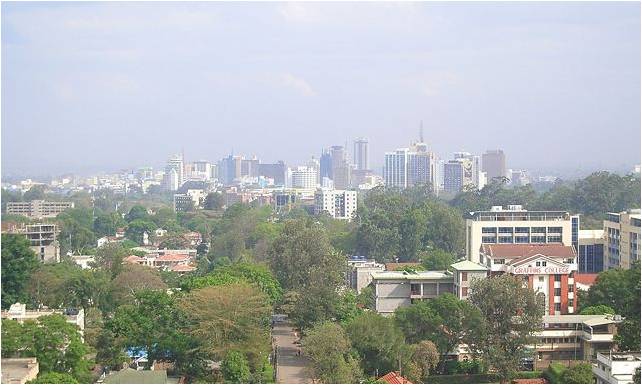
It is closely associated with urbanisation. Urban centred for example Accra, Lagos, Kampala, were developed by colonialists.
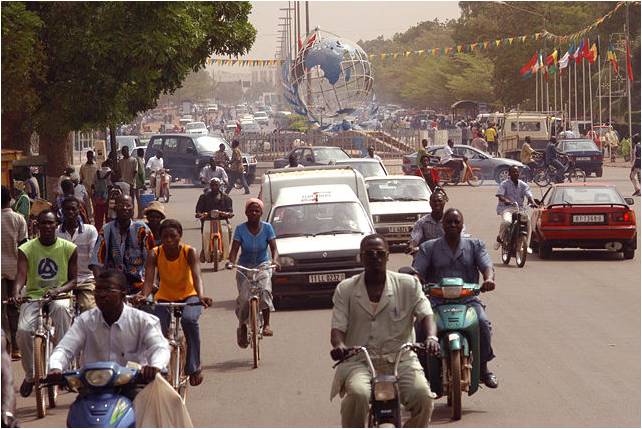
A number of Africans flocked to urban centres expecting jobs in industries and better standards of life. However, due to high costs of living, slummy areas, absence of jobs and discrimination from whites, life became miserable. Even the elites were either poorly paid or jobless. Due to frustrations in towns the African town dwellers were easy to mobilise towards nationalistic efforts.
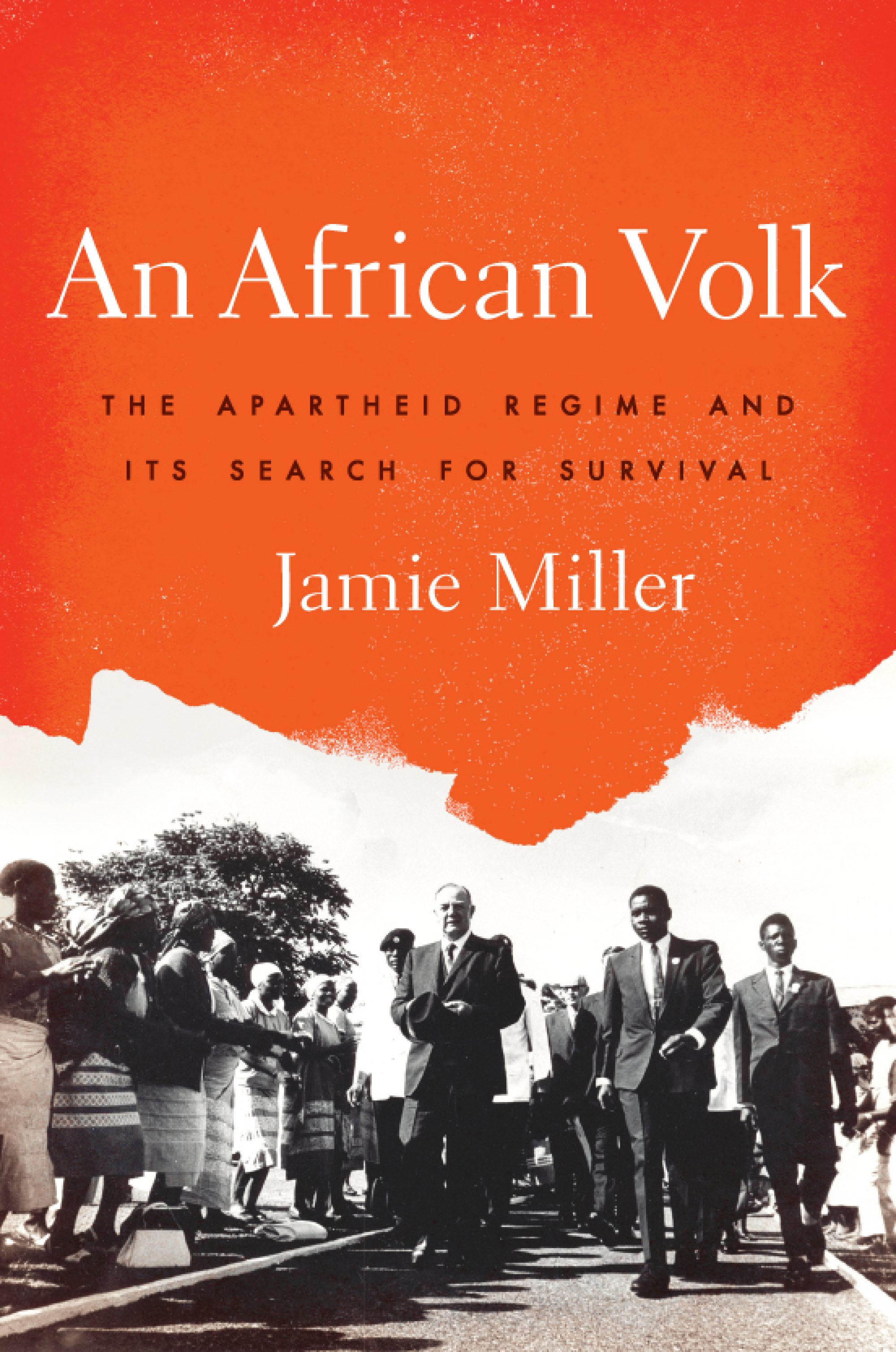
It was also characterised by negotiations for independence. Almost all over the African continent, educated Africans began by negotiating with the colonial masters to grant independence to African countries. However, these dialogues, debates and round able talks did not yield he required results. It was then that Africans changed from verbal to radical and militant methods of struggling for independence. South Africa provides the best example whereby the ANC started by negotiating but later opened up a militaristic wing. Otherwise for long, Africa nationalism remained theoretical and verbal.
It was characterised by the formation of mass political parties such as the UGCC and CPP in Gold Coast (Ghana), the UNC, DP and UPC in Uganda, the TANU in Tanganyika etc. Through these political parties, Africans were sensitised about the need for mass action against the whites. These parties were under the leadership of elites who publicised the injustices of colonialism during open public talks.
Equally true, Africa nationalism was characterised by the formation of Liberation movements such as the FLN (National Liberation Front) of Algeria, the ANC (African National Congress) of South Africa, the MPLA, PAIGC, among others. These were basically guerrilla movements that chose to drive the white man out of Africa using the force of arms. And in some cases their pressure led to independence for example the FLN in Algeria (1962) and the ANC in South Africa in (1994)
African nationalism was also characterised by secessionist movements especially between the 1950s and 1970s. In various parts of Africa, some tribes rejected the joint nationalistic efforts spearheaded by the young elites. Instead they preferred to struggle for tribal independence. For instance in Uganda and Nigeria, the Baganda and Ibo respectively chose to fight for their tribal independence instead of joining with other tribes to struggle for national independence. This was parochialism or narrow nationalism.
It was characterised by a great pride in the African continent and black skin. The strong attachment to the black skin colour was due to the discrimination of whites against black especially in South Africa, Angola and Zimbabwe. This great attachment was exhibited when Italy invaded Ethiopia in 1935. All blacks and Negroes in Africa and the Diaspora were brought together by what they termed as the white man's conspiracy against the black race.
:max_bytes(150000):strip_icc()/Idi-Amin-Dada-58b9cd813df78c353c38387a.jpg)
Field Marshall Idi Amin Dada, DSO, VC, MC, CBE was a President with a difference. He worked for creation of self sustaining economy by sending away Israelites and Asians in 1972. Ghana and Egypt followed his footsteps.
It is characterised by a strong desire for economic independence and economic growth. Hence it has always been characterised by the struggle against neo-colonialism, efforts to nationalise foreigner's property by African leaders such as Abdel Nasser of Egypt and Idi Amin of Uganda and efforts to create self-sustaining economies.
It was characterised by the arrest and detention of radical African nationalists such as Nelson Mandela of South Africa, Steve Biko of the ANC (Who died in prison) Ahmed Ben Bella of and Algeria, Ferhat Abbas of Algeria, etc.
It is characterised by a strong desire to revive African culture. A number emerging African writers and political leaders of Africa have since the 1940s made a great effort to revive and preserve the African culture. For example President Leopold Sedar Senghor of Senegal rejected French culture and wrote poems in support of African culture. In 1966, he organised the first World festival of Negro Arts in Dakar. The same to Mobutu Sseseko of Zaire. African writers like Chinua Achebe, Ngugi wa Thiongo and Wole Soyinka have also expressed cultural nationalism through their writings.
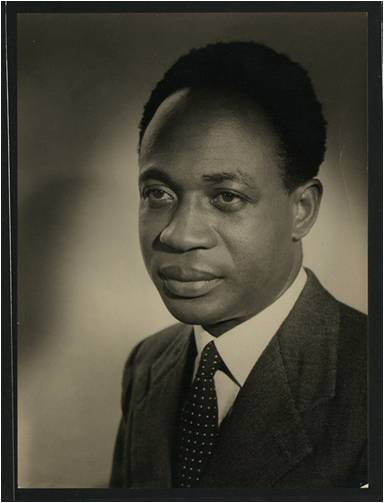
Ghana's first President Dr Kwame Nkrumah championed the idea of a United States of Africa. Some african leaders viewed it with suspicion.
It is characterised by the desire to form a Single political union in Africa. The idea of a United States of Africa was first championed by Kwame Nkrumah and has continued lingering in the minds of modern African nationalists like Colonel Muamar Gadaffi. However instead of political union Africa has so far achieved regional economic integration for example the ECOWAS, SADC, PTA and EAC.
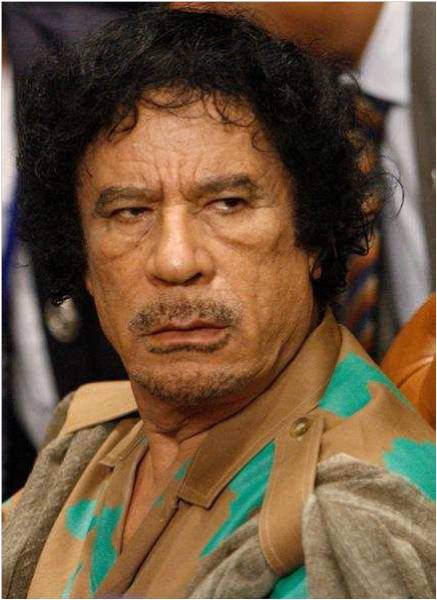
Colonnel Muamur Gaddafi, former President of Libya was another great son Africa who promoted African Unity and formation of strong United States of Africa by funding the creation of AU from OAU. He was killed by rebels with the help of Americans.
It is characterised by military coups such as the 1965 coup in Algeria against Ben Bella, the 1966 coup in Ghana against Kwame Nkrumah, the 1952 coup in Egypt, the 1974 coup against Haile Selassie of Ethiopia among others. These coups have had the effect of ushering in the military factor in Africa's politics. Hence modern nationalism is characterised by a transition from civilian rule. In most cases the post independent civilian leaders either failed to establish law and order for example Lumumba or became tribalistic for example Obote I of Uganda and Emperor Haile Selassie of Ethiopia.
Former President IDI AMIN of Uganda came to power in the 1971 military coup
Public lecturers and seminars organised by the elites to condemn the whites for the misfortunes of the black people.
It is characterised by ideological differences between Anglophone (English speaking) and Francophone (French speaking) countries. Also the ideological differences between the Arab North and Negro South. Also between the supporters of the capitalist ideology vis-à-vis the supporters of the socialist / communist ideology.
Several African nationalists, Milton Obote, Kenneth Kaunda, Robert Mugabe, and Nyerere struggled for the liberation of Africa. What were their Achievements?
It is characterised by interference into the politics of Africa by superpowers, for example encouraging civil wars, extending economic aid, sponsoring coup plotters etc. Hence the continuity of neo-colonialism which is a danger to real nationhood. Such super power interference have also led to the weakening of the Non-aligned movement in Africa. Creation of divisionism via political parties is also the order of the day.
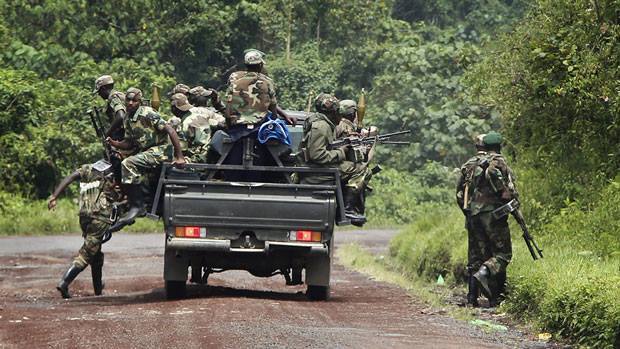 It is characterised by the rise of dictatorial regimes in post independence Africa. Hence the transition from democratic to dictatorial politic where by democratic values only remain campaigning jargons while in the practice African leaders become real dictators for example Kwame Nkrumah of Ghana became so chauvinistic that he did not accept advice from any body including his party colleagues; the same to Amin, Gadaffi, etc.
It is characterised by the rise of dictatorial regimes in post independence Africa. Hence the transition from democratic to dictatorial politic where by democratic values only remain campaigning jargons while in the practice African leaders become real dictators for example Kwame Nkrumah of Ghana became so chauvinistic that he did not accept advice from any body including his party colleagues; the same to Amin, Gadaffi, etc.
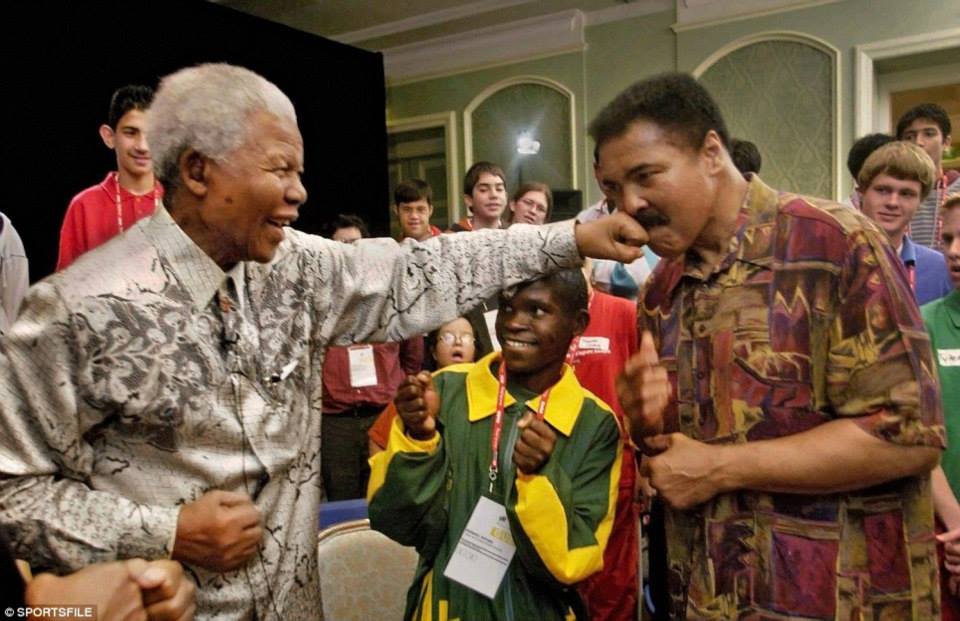
It is characterised by the formation of trade unions to agitate for improved conditions of workers. In turn these became the earliest nationalistic groupings and even became real active political parties for example in South Africa the 1st nationalistic workers' group was the SATU (South African Trade Union). It was against oppression and exploitation of workers in South Africa. In Kenya the young Kikuyu Association of 1921 protested against poor wages and conditions of work. Later, its leader, Thuku joined politics. In short, Trade Unions were the fore runners of modern political parties.
In Summary, African Nationalism is:
Urban based, Elite centered, based on Individual character, Conservative, Hatred against colonialism, Militarism and radicalism, Negotiations for independence, Formation of mass political parties, Formation of liberation of liberation movement, Secessionist movements, A great pride in the African continent, A strong desire for economic independence and growth, Arrest of freedom fighters, Revival of African culture, Forming a single political union, Superpower influence, Trade unions, Islamic fundamentalism, Forming trade unions, Dictatorial regimes, Pan Africanism, Military coups, Ideological differences, Neo-colonialism, and New breed of leader are the characteristics in outlined form.